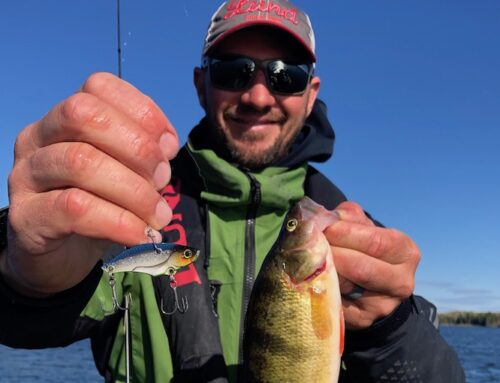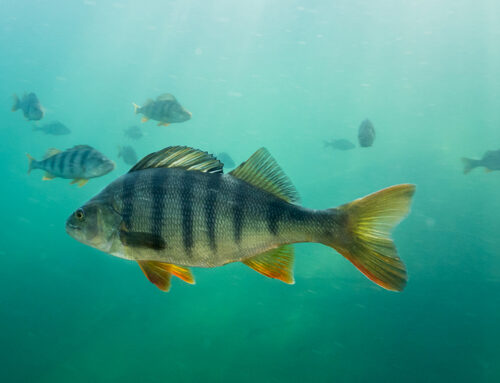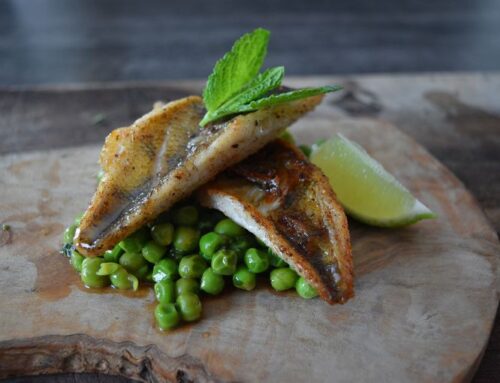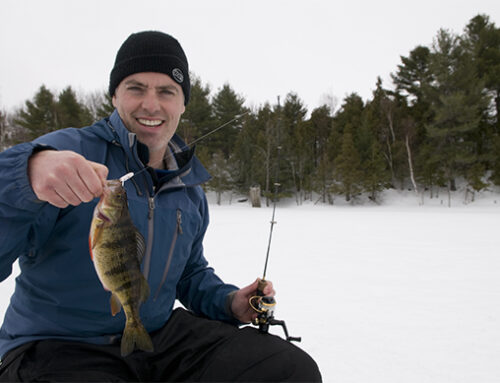In nature, the slowest of a herd becomes a meal for swift predators. On the flip side, creeping motions are the secret to remaining camouflaged and concealed, while erratic gestures garner attention from hunters. When it comes to piquing panfish interest, a bait’s motion must have an attractive action, but also be an easy target. Regardless of the style of lure, paying attention to its sinking speed will increase your catch.
The sky is falling
Panfish are particularly astute to what’s overhead. Species like crappie and bluegill frequently feed upwards, slurping on plant-clinging snails or ambushing minnows. More than just a munchies watch, however, panfish vigilantly scan the skies for birds of prey and other threats. In light of their upward-grazing tendencies, the speed and action a lure falls is the key to trigger panfish to bite.
Getting down
A lure’s weight is the biggest factor influencing its drop speed. Not surprisingly, a 1/32-ounce spoon will fall much slower than a 1/4-ounce version. Mass aside, the bait’s shape also plays a role.
At one extreme are straight falling lures, such as streamlined hair jigs. They dive quickly to deep-water strike zones. They’re also good under a float to dunk through wood and weed openings, as they won’t glide sideways and get hung up in the cover, a trait typical of many plastics.
For a slower fall, jigging minnows, tubes, and bladed jigs have a spiralling sink that imitates the death roll of minnows, invertebrates, or other aquatic edibles.
If above-average-sized fish are your fancy, give spoons and sinking minnows plenty of water time. Spoons with a fluttering fall are good attractors. Wide and bent models tumble slower than thin, straight ones. Sinking minnows fall horizontally, sometimes nose or tail first, depending on weight distribution. Their tight action calls in the fish, and their realistic profile and slow submarine descent are irresistible to onlooking pannies. Depending on their mood and most abundant food source, panfish will have a preference to the falling action of different lures. So, try an assortment of them to determine what they want on any given day.
Drop speed
Generally, active panfish have no qualms about a fast-falling lure. They often rush to inspect it. Some will attack it, provided they’re swift enough. Neutral and inactive fish, though, are more skittish. A dive-bombing bait can spook them. A slow, controlled drop is best for fussy fish.
Aggressive panfish frequently swim up to a bait before it hits bottom. This is a common tactic of bigger specimens, which will outrun smaller fish chasing a meal. To detect this upward attack, watching the line and maintaining a feel of the bait is essential.
How far to fall?
When fishing shallow-water cover, often use a slip-float to work the upper half of the water column for sunfish and crappie. In moderate to deep-water scenarios, rely on electronics to determine if fish are hovering or holding tight to bottom. Then, plunge a lure to the specific depth.
Frequently, bigger panfish will either be above the pack when active or below it when inactive. You can see this behaviour when sight-fishing for perch through the ice, but it also applies during open water. Once you locate a pod and catch a few fish, tweak lure depth to work above and then below the school. This refinement often produces big catches.
Regardless of a lure’s falling velocity, integrate pauses into the presentation, so panfish can lock on the target and launch a successful attack. You will be rewarded with more fish.







Leave A Comment